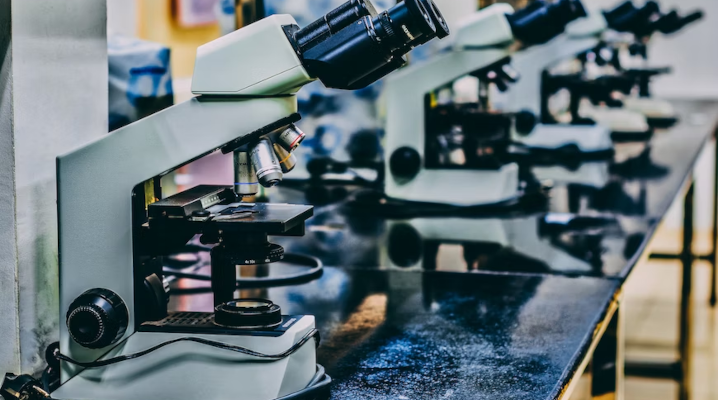 EMERGING TECH
EMERGING TECH
 EMERGING TECH
EMERGING TECH
 EMERGING TECH
EMERGING TECH
A group of researchers claims to have developed a new kind of superconductor with potentially revolutionary properties, but other scientists are not yet convinced.
Nature reported the controversy today. The superconductor in question, which its inventors named LK-99, has been the subject of not only skepticism from other researchers but also several viral videos and at least one spoof.
When electricity zips across a copper wire, it loses some of its current. That means less power exits the wire than the amount that entered. Such current drops occur not only in copper, but also in the vast majority of other materials.
Superconductors are the exception. Electricity can travel through a superconducting material without losing any power, a property that could in theory be used to build more efficient electronics. In practice, however, superconductors have limited applications because they only work at extremely low temperatures or under equally impractical pressures.
On July 25, staffers from Seoul-based startup Quantum Energy Research Centre released a series of papers about a material they call LK-99. It’s described as a superconductor that can operate in room temperatures under ambient pressure. The papers’ authors tout LK-99 as nothing short of “a brand-new historical event that opens a new era for humankind.”
One area where a room temperature superconductor could prove useful is quantum computing. Many quantum chips are made of superconducting materials, which means they have to be stored in bulky refrigerators to work. Removing the need for those refrigerators would make tasks such as programming qubits far easier.
But some scientists are not yet convinced LK-99 holds the key to easily programmable qubits, or any other major breakthrough for that matter.
The July 25 papers that detailed LK-99 are preprints, Nature pointed out. That means they have yet not been peer-reviewed or published in a major scientific journal. After the papers’ publication, researchers around the world made multiple attempts to recreate LK-99 and determine whether it works as advertised, but none of those projects has proven successful so far.
Some of the attempts to validate LK-99’s properties saw scientists synthesize the material for testing purposes. LK-99 is made by mixing copper, lead, phosphorus and oxygen in a complicated process. The final product is a polycrystalline, or a solid material comprising numerous tiny crystals.
The LK-99 samples synthesized during attempts to test the material failed to impress, according to Nature. The original authors of the LK-99 papers claimed to have made two samples that demonstrated properties closely associated with superconductivity. The first claimed property is zero electrical resistance, and the other is a phenomenon known as the Meissner effect, which causes electrons to travel in pairs.
Some scientists evaluated LK-99 using theoretical rather than experimental methods. That means they didn’t manufacture the material, but rather ran analyses using a computer. Those attempts didn’t demonstrate a breakthrough either.
Inna Vishik, a physicist at the University of California at Davis, told Nature that “none of the studies provide direct evidence for any superconductivity in the material.” Vishik added that claims of new superconductor breakthroughs emerge at least once a year. Other scientists have expressed similar views.
The skepticism didn’t stop LK-99 from going viral. According to The Verge, several videos purport to show levitating LK-99 samples kept in the air by magnetic phenomena related to superconductivity. At least one researcher has created a parody video starring a fork in response.
Support our mission to keep content open and free by engaging with theCUBE community. Join theCUBE’s Alumni Trust Network, where technology leaders connect, share intelligence and create opportunities.
Founded by tech visionaries John Furrier and Dave Vellante, SiliconANGLE Media has built a dynamic ecosystem of industry-leading digital media brands that reach 15+ million elite tech professionals. Our new proprietary theCUBE AI Video Cloud is breaking ground in audience interaction, leveraging theCUBEai.com neural network to help technology companies make data-driven decisions and stay at the forefront of industry conversations.